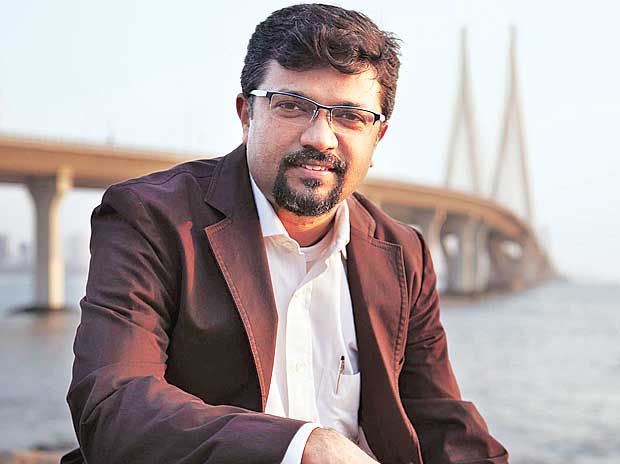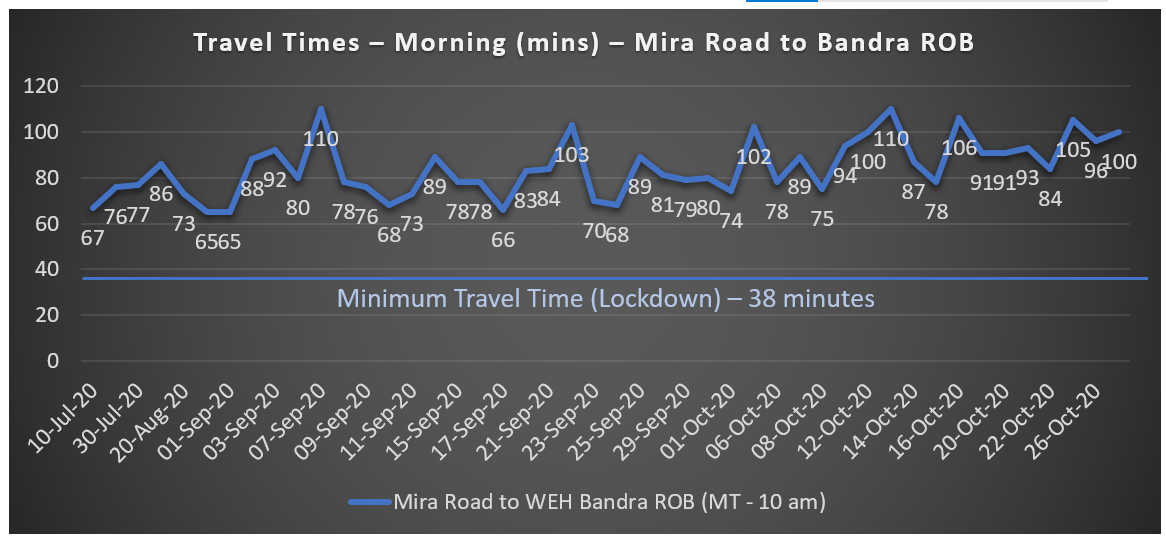
By Manas Mohan, Ideation Evangelist & Principal Consultant, Laqshya Media Group
Three years ago, I made the leap from being ‘employed’ to being ‘self-employed’ and felt different. More confident. Some said it was bravado. The jury is still out.
There is literature ad infinitum on the differences between people who choose to be employed and individuals who take the entrepreneurial plunge. The somewhat newer species of employees who earn sweat equity are somewhere in the middle, willing to work hard for wealth creation but yet not quite ready to take the plunge.
The psychological differences amongst the three groups are postulated to be significant. These variances making them react differently to different stimuli: not taking bs from a boss but taking loads of bs from a client is one of my favourite characteristics of an entrepreneur that differentiates her/him from an employee. I have had the opportunity to note several employees (especially government employees) exhibiting exactly the reverse behaviour – underscoring the rationality of chemical dissimilarity between them. A few other such distinguishing traits include creativity, time-sensitivity, and perseverance – but more about that later.
Post the lockdown that has played havoc with local and global businesses, I was struck by the probable emergence of another tangible difference between these two primary species that walk the earth – their response to Unlock 1, 2, 3.
The hypothesis goes like this: amongst the higher echelons of the society, the entrepreneurs have stepped out smartly while several employees continue to reap the benefits of working from home. I shall limit my discussion to the top socio-economic echelons of society because therein lies the luxury of choice. 90%, probably 95%, of the population does not have that luxury. This hypothesis was sparked by an interesting conversation in August 2020: My building’s ‘Registered Plumber’ (a decently mid-sized businessman with a civil engineering diploma, and with clients across several south-Mumbai buildings) told me that he had been confined to his home for less than four weeks and had been working fulltime since May 2020. He, despite not being in the ‘emergency services list’ was happy to conduct business in an environment that favoured the brave (his words).
Anecdotal ‘evidence’ to bolster this hypothesis has been building up.
My neighbourhood ‘super-market’ store, a cavernous 3000 square feet shining beacon of hope, has done incredible business right through the pandemic and, buoyed by the revenues, the owner was discussing with me the pros and cons of increasing his store footprint by 100%. His spanking new Hyundai SUV stands tall and proud right outside his store!
At a more rarefied level, two brothers, who run a large saree store in the famous Kalbadevi Market in Mumbai have thrown a challenge to the pandemic-laden-winds and are doing brisk business across the country and across South Asia. Their neighbour, a construction magnate, has seen an upswing in the sales of apartments that he is developing. Their new three-pointed-star-clad steeds glint in the winter sun.
On the other hand, a bunch of my friends in cushy jobs in multinational corporations continue to WTAOFH. This sample-size-one data nugget was derived from two ‘personal’ data sources:
- Webinars on public platforms that became quite the rage. These webinars (of which I attended approximately sixty-nine) clearly indicated that the high-and-mighty, the omniscient-yet-lugubrious gentility of corporate India was WFH!
- Calls with investors and clients of my clients were conducted on the new all-powerful Zoom and the slightly-less-sexy Google Meet. From the thirty-seven such calls, I fathomed that approximately sixty two percent of these merchant bankers and chief marketing managers were MIA from office but WTAOFH! I shall leave you to figure out what TAO implies!
Then, some interesting facts caught my attention:
Cold storages across the country are full – with a string of trucks and thousands of new tractors making a beeline to and away from them. Tractor sales in Bharatvarsha are at an all-time high, registering a blistering 48% increase this festival season (FADA: November 2020 press release)
Closer to home, a friend who leads a revenue function in India’s largest used car network confirmed that they were selling more used cars, exceeding five thousand units a month, than before. This was in line with the findings from a primary study that I had led for Laqshya Media, back in April/May 2020. The respondents had indicated that they will move from public transport to private transport to maintain social distancing (https://www.laqshyagroup.com/report/ perceptions-aspirations-and-anticipations-of-indian-millennials-post-covid-19-lockdown.html).

India
The macroeconomic indicators are perky too: GST collections exceeded Rs. 1 lakh crore again in November, after exceeding that in October. And the manufacturing PMI is well on its way up. The IHS Markit India Manufacturing PMI rose to 58.9 in October 2020 from 56.8 in September, easily beating market consensus of 55.4. The latest reading pointed to the strongest improvement in the health of the sector in over a decade, amid ongoing relaxation of COVID-19 restrictions.
To further support this fast-emerging hypothesis on the differences in behaviour between entrepreneurs (including self-employed) and employees, a team of dedicated youngsters in Laqshya Media (to which I am a self-employed consultant) started tracking traffic in the primary Indian cities.
Several reports on travel times of traffic in our mega-cities have been published; various clusters of data have been used to compute the number and the demographics of people in the said traffic.
As per these reports, the traffic jams and gridlocks are back with a bang! From the days of smooth drives through otherwise clean air (apart from the vicious, virulent virus) that took a mere thirty-eight minutes to reach Bandra from Mira Road, the travel time has crept back to an arduous hundred minutes and beyond.
With due permission from this team of data crunchers, I am reproducing some of the interesting charts from the reports:
In Bengaluru, the situation was quite similar: From Yeshwanthpur to the fashionable Indiranagar, the drive was back to an hour, from the breezy (contaminated as the breeze might have been) twenty-eight minutes immediately post lockdown!
We, this team and I, then ran a couple of other interesting experiments to figure out the ‘quality’ of traffic that was pressing down on the asphalt even as the pandemic waned from its peak on September 17. The results were remarkably interesting:
- High-end mobile handphones, as a proportion of the total number of handsets on the roads, actually went up, up by nearly 3 percentage points
- Similarly, the proportion of high ARPU/high data consumption users also, correlationally, went up during the post-lockdown phase – up by nearly 4 percentage points.

So here are the data facts and take-aways juxtaposed for your easy assimilation:
- The roads of Indian cities are, again, groaning under massive traffic. As is the air above it, sadly!
- The proportion of high-end mobile telephony users on the roads is actually higher than before the pandemic.
- The top-end corporate sector, true to its natural state, is circumspect, risk-averse, stable: board rooms have given way to Zoom-, Team- or Google Meet-rooms. Strategy is being shaped without the hitherto-irreplicable international or domestic travel, and without the dinners and cocktails at the plush hotels (which have been undeniably hit badly).
- On the other hand, the entrepreneurs, the businessmen, the ‘ideators’ are back on the streets – making deals, making money and investing in cars, jewellery, mutual funds and the stock market – or anything else that they noticed being advertised… on billboards probably?
Before I end, I would like to put on record my immense gratitude for the critical services personnel who have been on the roads without a break!
As for me… I go where and when my clients call me!


